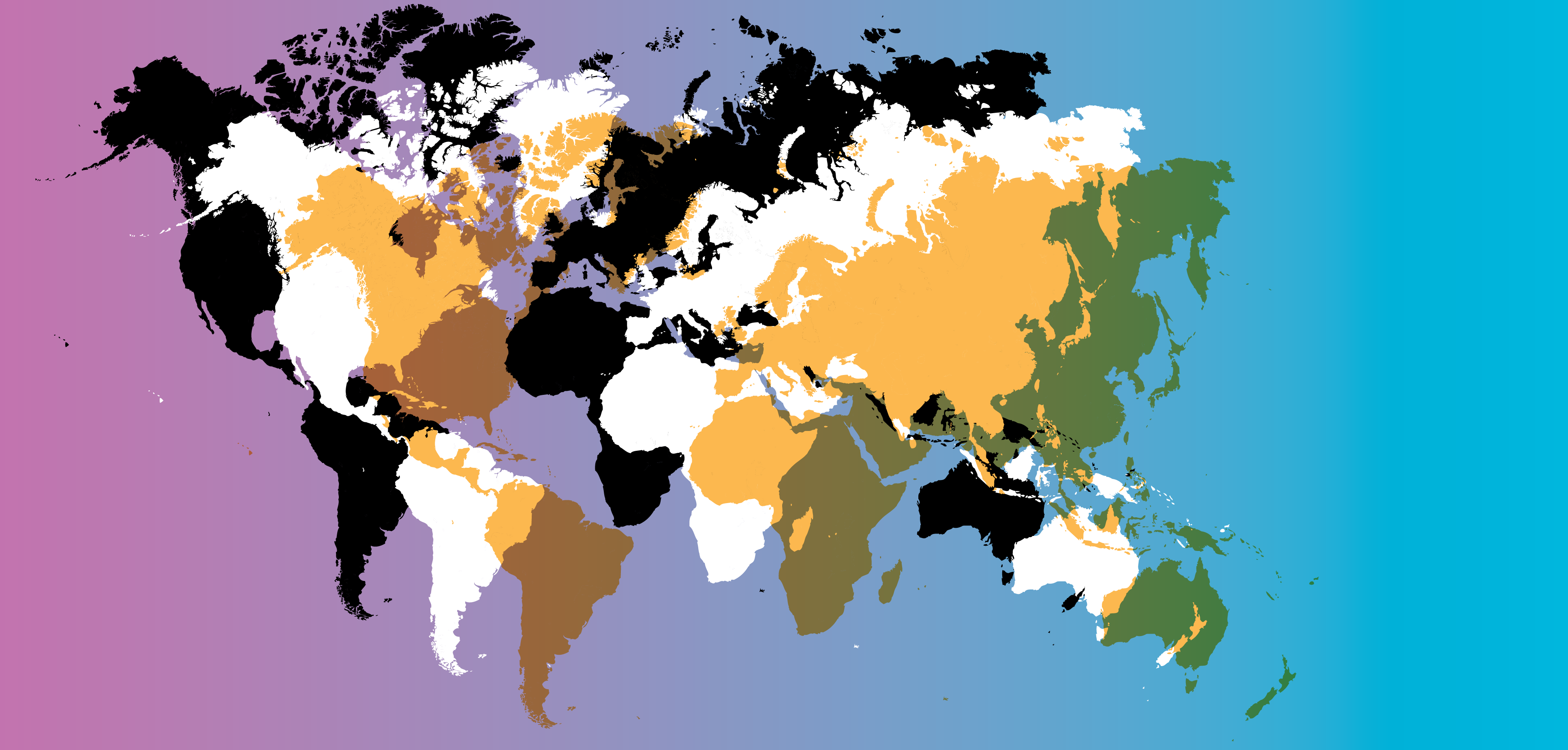Contents
Goals
- to explore the dimensions of tech affordability, provision and conditions of access, regulation and censorship, dominant social media platforms, reality of digitalisation in everyday use
- to explore the global dimension of internet
Steps
1. Based on the discussion about the Internet and cyberspace freedom (see in example Declaration of Independence of Cyberspace), you can focus your attention on several aspects which characterize the Internet today. Maps and visualisations based on data that are regularly updated allow us to explore these aspects.
2. Split the participants into small group of 4 to 7 people.
3. Distribute different maps/resources to the small groups and let them cross-check with the findings about the freedom of cyberspace. What do the data say about freedom and democratic values in the Internet? To what extent does this match your vision?
4. Allow participants to present afterwards in plenary, and use it as a starting point for digging deeper.
Examples
List of possible layers that can be overlaid on the map
- Average internet download speed
- Geographical spread of social networks
- Internet censorship
- Waste of Electrical and Electronic Equipment (WEEE)
Other data sources:
- Number of people using social media platform, 2004 to 2018 and other data on Our World in Data, comprising inter alia regularly updated key research about the Internet (Global Change Data Lab)
- Download speed – cost relation and other data from Mozilla’s Internet Health reports on topics of equality, discrimination, and justice (Mozilla Foundation)
- Average internet download speed (Reddit)
- Geographical spread of social networks and other world maps of social networks, and social media statistics (Vincos Cosenca)
- Interactive Transmission Map (International Telecommunication Union)
- Press freedom and media freedom reports (Reporters without Borders)
- Internet Censorship 2021: A global Map of Internet Restrictions (2021, Paul Bischoff)
- Internet Freedom Status (2021, Freedom House)
- Annual Digital News Reports providing information on media use, information channels, information habits of people, media market worldwide. Media use across countries worldwide can be explored and also compared. (Reuters Institute)
- Waste of Electrical and Electronic Equipment (WEEE) and other statistics about e-waste (The Global E-waste Statistics Partnership)
- Internet Affordability Report: published annually by the Alliance for Affordable Internet (A4AI), a global coalition aiming to increase internet access and affordability globally
Reflection
The data visualisations offer an entry point to discovering what social media platforms are governing and dominating certain areas of social interaction worldwide, how they develop over time, and how they are interrelated. Here, a direct connection to questions of platform power of regional governance systems can be made.
By providing information about internet connectivity, broadband availability and technical infrastructures enabling access and use of cyberspace, we can draw conclusions of access conditions and infrastructural conditions for free, regular and affordable access to the internet. The question of tech affordability, i.e., where high-speed web services are available and what the average income related costs are for a user might widen the picture about what aspects of digitalisation are accessible and how they are characterised.
What digital instruments do we have in mind when working on digitalisation:
- High-tech/low-tech?
- What are adequate instruments, low-tech or high-tech resources?
- In which areas of the world is what kind of content censored?
- Are we aware of censorship?
- Is censorship always a violation of rights or does it also protect certain Human Rights aspects?
Digital sustainability:
- What different economic, societal and technical questions arise to help answer the dilemmas of a full and just realisation of the independence of cyberspace?
Georg Pirker
Person responsible for international relations at the Association of German Educational Organizations (AdB), president of DARE network.
Experience
The exercise can be used to ignite a thorough debate, but also can be used to deepen discussion on topics or to have a critical reflection on learning processes of topics related to digitalisation, as they focus attention on our global interconnected and networked societies.
Variation
Another approach to expand on the same issue may be a role-based analysis. The groups could be given the task to describe a ‘Day with the Internet’ for different hypothetical users:
- teenager in Germany
- school teacher in some African country
- fighter for democracy in Russia
- retired person in Estonia
- journalist in P.R. China
- etc.






